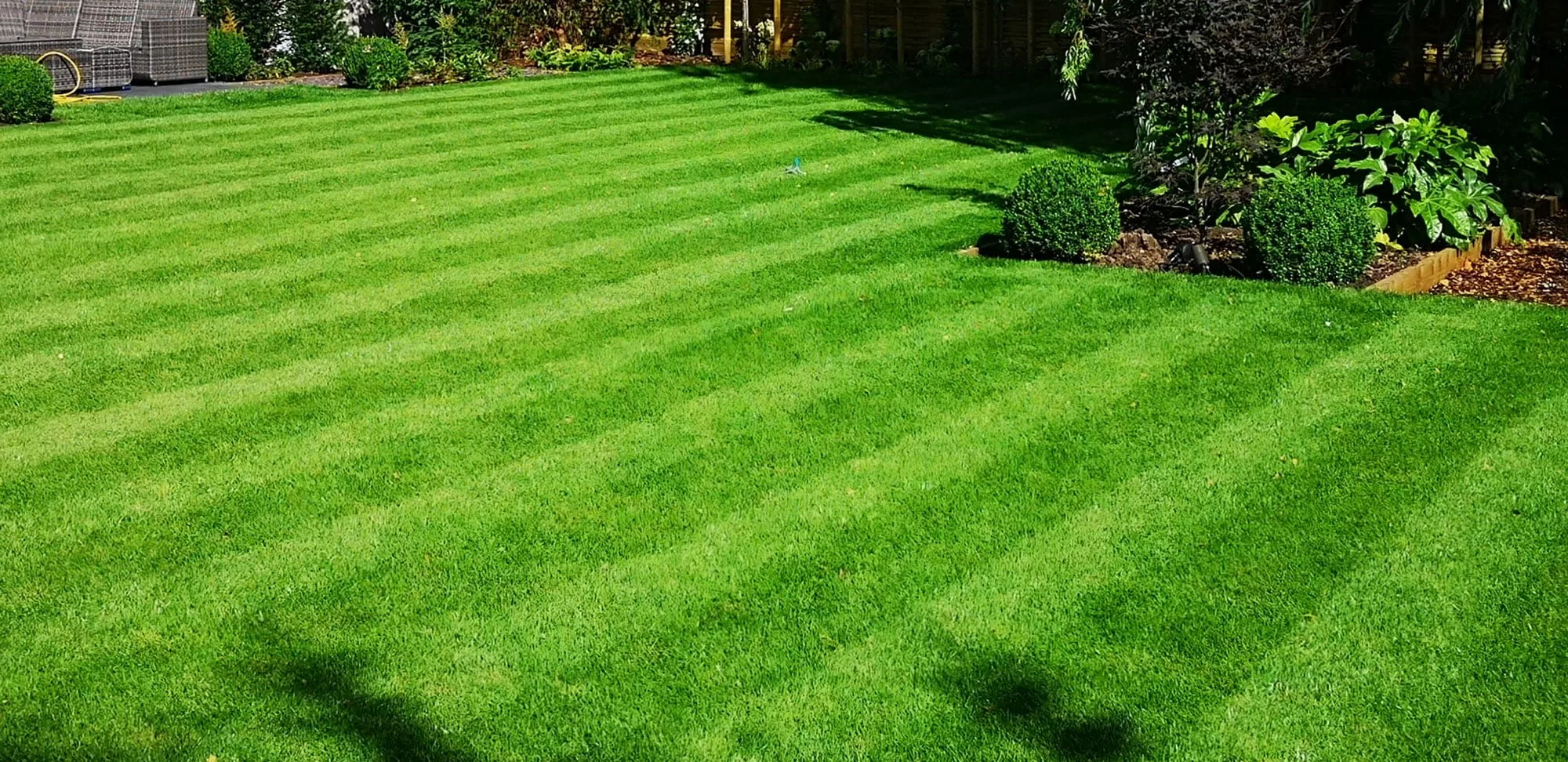A vibrant, green lawn is the dream of many homeowners. A healthy lawn not only boosts curb appeal but also provides a place for relaxation, play, and social gatherings. But getting there is no simple feat. Patchy spots, stubborn weeds, or dull grass can make a lawn feel more like a headache than an asset.
Understanding Common Lawn Problems
Before you can fix an unhealthy lawn, it helps to understand what’s wrong. Here’s a look at some of the most common lawn issues and how to identify them.
1. Patchiness
Patchy lawns are one of the most common complaints. Bare spots often result from pet urine, compacted soil, prolonged drought, or fungal disease. Identifying the cause is crucial to finding the right solution.
2. Weeds
Weeds like dandelions, crabgrass, and clover can easily overtake your lawn if left untreated. Weeds thrive in weak or uncared-for grass and deplete essential nutrients from the soil.
3. Discolored or Thin Grass
Grass that looks dull, yellowed, or thin often suffers from poor soil conditions, improper mowing, or lack of nutrients.
By understanding these common issues, you’ll be better equipped to tackle them and avoid further lawn troubles.
Soil Testing and Preparation: The Foundation of a Lush Lawn
Healthy soil is the secret behind every lush lawn. But how do you know if your soil is in good shape? The answer lies in soil testing.
Soil Testing
Testing your soil helps you understand its pH level, nutrient content, and type. You can purchase a DIY soil test kit or send a sample to your local extension office. Aim for a neutral pH of 6-7 for most grass types.
Topsoil and Preparation
Once you have your soil results, add high-quality topsoil, such as that offered in Salt Lake City, to create the perfect growing conditions. Loose, aerated soil makes it easier for roots to grow, absorb nutrients, and retain water.
Spend time on proper soil preparation. A little effort up front will pay off with healthier grass down the road.
Choosing the Right Grass Seed or Sod for Your Climate
Not all grasses are created equal. Choosing the right type based on your climate and desired lawn benefits is critical.
Cool-Season Grasses
These grasses, such as Kentucky Bluegrass and Fescue, thrive in cooler climates and grow best during spring and fall.
Warm-Season Grasses
For hotter regions, opt for warm-season varieties like Bermuda grass or Zoysia grass, which peak in the summer months.
Sod vs. Seed
- Seed: Cheaper but slower to establish. Better for large areas.
- Sod: Instant results and better for erosion control. Ideal for areas where you want quick coverage.
Watering Techniques: How to Water Effectively
Lawn watering seems straightforward, but doing it wrong can lead to water waste or shallow roots.
The Basics of Effective Watering
- Test for Soil Moisture: Stick a screwdriver into the soil. If it penetrates 6-8 inches easily, you have adequate moisture.
- Best Time to Water: Water early in the morning (between 6-10 AM). Avoid midday watering, which can evaporate, and nighttime watering, which promotes fungal growth.
- Deep Watering: Water deeply but less frequently to encourage deep root growth. Aim for 1-1.5 inches a week.
Fertilizing Your Lawn: Timing and Product Selection
Proper fertilization is vital for a green, thriving lawn. The key is choosing the right product and applying it at the right time.
Choosing the Right Fertilizer
Select a nitrogen-rich fertilizer for general lawn health. Look for balanced options with potassium and phosphorus for root strength and disease resistance. Opt for slow-release formulas for long-term results.
Application Timing
- Spring: Kick-start growth with a pre-emergent fertilizer.
- Summer: Use a lighter application to prevent burning grass in hot months.
- Fall: Prepare your lawn for winter with a fertilizer focused on root development.
Mowing Best Practices: Height, Frequency, and Equipment
Mowing might seem simple, but it’s an essential part of maintaining a healthy lawn.
The Right Height
Aim to cut no more than one-third of the grass blade at a time. This keeps your grass healthier and reduces stress. For most grass types, a height of 2.5 to 4 inches is ideal.
Frequency
Adjust mowing frequency based on the growing season. During fast growth periods, you may need to mow weekly.
Equipment Maintenance
Keep mower blades sharp to ensure clean cuts and prevent lawn damage.
Weed and Pest Control: Natural and Chemical Options
Unwanted weeds and pests don’t just ruin your lawn’s appearance; they harm its health too.
Weed Control
- Natural Options: Use corn gluten meal as a pre-emergent or dig out weeds manually.
- Chemical Options: Apply selective herbicides to target specific weeds without harming the grass.
Pest Control
Prevent grubs, beetles, and other pests by using beneficial nematodes or targeted pest control solutions.
Seasonal Lawn Care: Spring, Summer, Fall, and Winter
Lawn care isn’t a one-and-done process. It requires year-round attention.
Spring Care
- Aerate compact soil and remove thatch.
- Apply fertilizer and overseed if necessary.
Summer Care
- Mow higher to retain moisture.
- Minimize traffic during drought stress.
Fall Care
- Fertilize and overseed thin spots.
- Remove fallen leaves to prevent smothering.
Winter Care
- Avoid walking on frozen grass.
- Clear snow and debris to minimize mold growth.
Troubleshooting Common Issues
Even with perfect practices, lawns face challenges.
- Yellowing Grass: Test the soil for nutrient deficiencies. Apply iron or other necessary treatments.
- Persistent Weeds: Reseed your lawn to crowd them out.
- Pests: Look for grub or insect damage and treat promptly.
Conclusion
A lush, green lawn isn’t just about looks—it boosts home value, creates a welcoming space, and supports local ecosystems. While it may seem like hard work, steps like soil testing and seasonal care lead to a healthier, more beautiful lawn. Ready to transform your yard? Follow these steps and see amazing results. Happy gardening!
YOU MAY ALSO LIKE: Transform Your Backyard: Stunning Above-Ground Pool Deck Ideas for Summer










